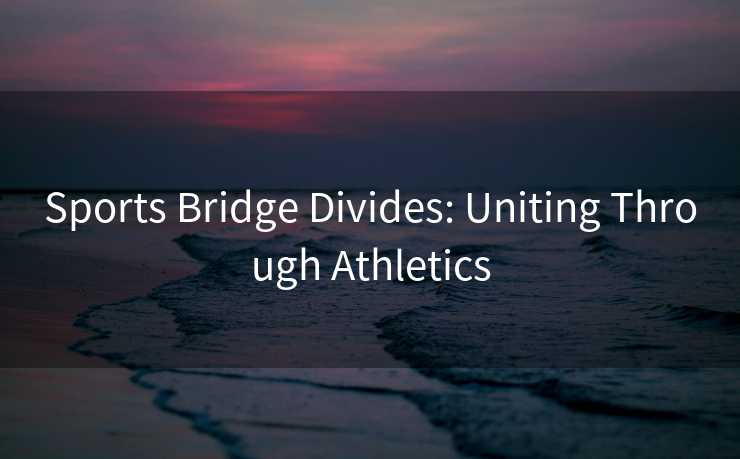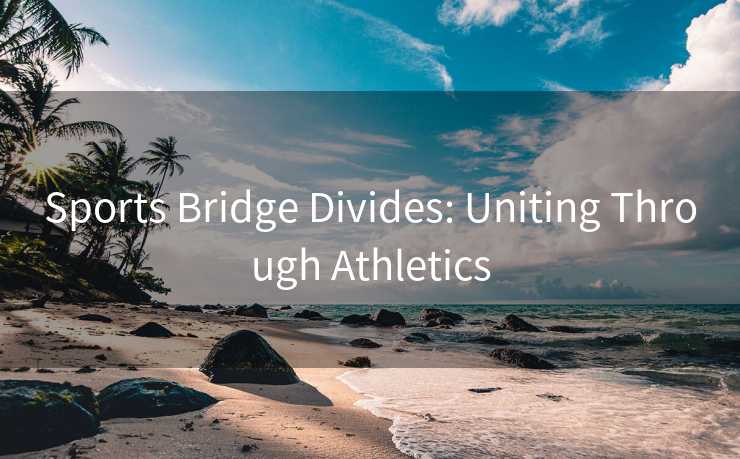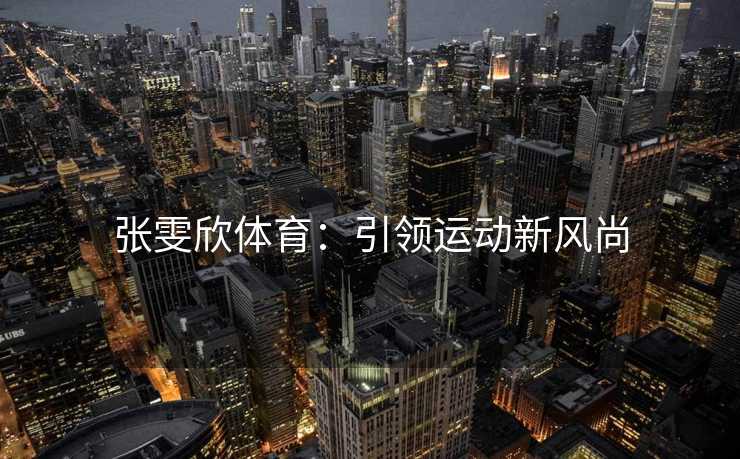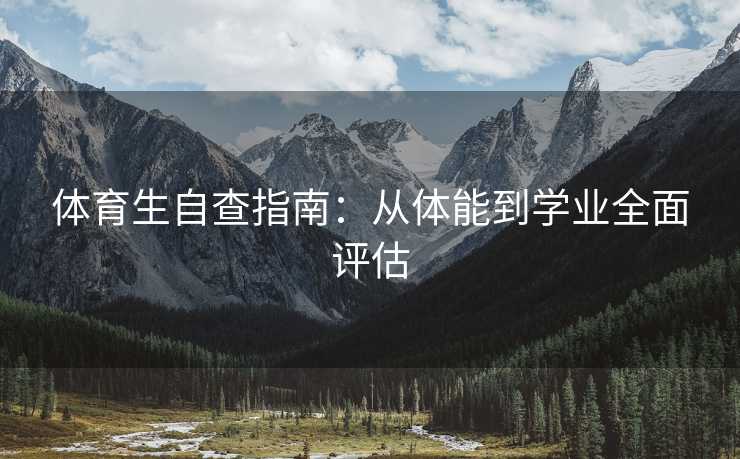Sports Bridge Divides: Uniting Through Athletics
In an era marked by geopolitical tensions, social fractures, and cultural misunderstandings, sports emerge as a universal language that transcends boundaries. Whether on the global stage of the Olympics or in local community fields, athletic competition has repeatedly proven its power to heal divisions, foster empathy, and build bridges between disparate groups. This article explores how sports act as a catalyst for unity, examining historical milestones, modern initiatives, and grassroots movements that demonstrate their transformative potential.

Historical Echoes: Sports as a Catalyst for Reconciliation
Sports have long served as a tool for reconciliation, particularly in societies torn by conflict. One of the most iconic examples is South Africa’s 1995 Rugby World Cup, where the sport became a symbol of national healing after decades of apartheid. When Nelson Mandela, the newly elected president, donned the Springboks’ jersey—a team once associated with white supremacy—he sent a powerful message of inclusion. The team’s victory over New Zealand united a nation divided by race, proving that sports could rewrite narratives of division.
Similarly, during the Cold War, events like the 1972 “Ping Pong Diplomacy” between the U.S. and China used table tennis to ease political tensions. These historical moments illustrate that sports are not merely entertainment; they are vehicles for dialogue when words fail.
The 1995 Rugby World Cup: A Nation Healed
The 1995 Rugby World Cup was more than a sporting event—it was a turning point for South Africa. Mandela’s decision to support the Springboks, despite their controversial past, resonated deeply with a population still grappling with racial segregation. As the team progressed through the tournament, fans from all backgrounds rallied behind them, chanting “One Team, One Country.” Their final victory against New Zealand became a metaphor for national unity, showing that shared passion could override historical animosity. This moment remains a blueprint for how sports can bridge deep-seated divides.
Modern Manifestations: Global Events Fostering Unity
Today, global sporting events continue to reinforce sports’ role as unifiers. The Olympic Games, for instance, bring together athletes from over 200 nations, creating a platform where competition coexists with camaraderie. At the 2020 Tokyo Olympics, the Refugee Olympic Team—comprised of athletes fleeing war and persecution—symbolized hope and resilience, reminding the world that sports prioritize humanity over nationality.
Football (soccer) also plays a pivotal role. The FIFA World Cup, held every four years, transforms host cities into melting pots of cultures, languages, and traditions. Fans from rival countries often set aside political differences to celebrate the game, sharing songs, food, and joy. Even in regions plagued by conflict, such as the Middle East, football tournaments have facilitated temporary ceasefires, allowing communities to unite through sport.
Olympic Games: Beyond Competition, Towards Solidarity
The Olympics embody the spirit of “faster, higher, stronger—together.” Unlike other global gatherings, the Games prioritize inclusivity, with programs like the Refugee Athlete Scholarship and gender equality initiatives. For example, at the 2016 Rio Olympics, Syrian refugee swimmer Yusra Mardini carried fellow refugees across the Aegean Sea before competing, her story becoming a testament to sports’ ability to turn tragedy into triumph. Such moments highlight that sports are not just about winning—they are about connection.

Community-Level Impact: Grassroots Sports Bridging Local Divides
While global events capture headlines, grassroots sports often drive lasting change at the local level. In neighborhoods plagued by gang violence, poverty, or racial tension, youth sports programs have become lifelines. For instance, in Chicago’s Englewood neighborhood, the “Peace League” uses basketball to redirect at-risk youth away from crime, fostering teamwork and mutual respect. Similarly, in Northern Ireland, cross-community football clubs have helped reconcile Protestant and Catholic communities, breaking down decades-old barriers.
These initiatives work because they address root causes of division: lack of opportunity, mistrust, and isolation. By providing safe spaces for interaction, sports help individuals see beyond stereotypes, building relationships based on shared goals rather than differences.
Street Football Initiatives: From Conflict to Cooperation
Street football projects exemplify how small-scale efforts can yield big impacts. In Brazil, Futebol de Rua (street football) leagues operate in favelas, using the sport to teach conflict resolution and social skills. In Kenya, the “Mathare Youth Sports Association” uses football to empower slum-dwelling children, reducing involvement in criminal activities. These programs prove that sports do not need grand stages to effect change—their power lies in their accessibility and ability to meet people where they are.
Psychological and Social Mechanisms: Why Sports Unite Us
To understand why sports bridge divides, we must examine their psychological and social underpinnings. First, sports create shared identity: when fans cheer for the same team, they temporarily set aside personal biases and embrace a collective purpose. This phenomenon, known as “basking in reflected glory,” fosters a sense of belonging that transcends individual differences.
Second, sports emphasize teamwork, requiring collaboration and trust. In a soccer match, players from different backgrounds must communicate, strategize, and support one another—skills that translate to real-world interactions. Studies show that participating in team sports increases empathy and reduces prejudice, as individuals learn to value others’ contributions regardless of background.
Finally, sports provide a neutral ground for dialogue. Unlike political debates, which often devolve into arguments, sports offer a space where people can connect over a common passion. This neutrality makes them ideal for addressing sensitive issues, as seen in campaigns like “Kick It Out,” which combats racism in football.
The Power of Shared Goals: Teamwork in Action
Team sports like basketball or volleyball require constant communication and mutual reliance. For example, a diverse volleyball team must coordinate passes, anticipate opponents’ moves, and celebrate successes together. Over time, these interactions break down walls: a player who initially distrusts a teammate may come to respect their skill and dedication. This process mirrors societal healing—small acts of cooperation build trust, paving the way for larger changes.
Conclusion: Investing in Sports as a Tool for Unity
From Mandela’s Springboks to street football in favelas, sports have consistently demonstrated their ability to mend fractures and build connections. While they cannot solve all societal problems, they offer a unique, accessible pathway to unity—one that prioritizes action over rhetoric. To maximize this potential, governments, NGOs, and communities must invest in sports infrastructure, especially in underserved areas. By doing so, we can harness the power of athletics to create a more inclusive world, where differences are celebrated, not feared.
As the saying goes, “It’s not whether you win or lose, but how you play the game.” In the game of bridging divides, sports teach us that playing together is the first step toward winning together.
新闻资讯
站点信息
- 文章总数:1
- 页面总数:1
- 分类总数:1
- 标签总数:0
- 评论总数:0
- 浏览总数:0

